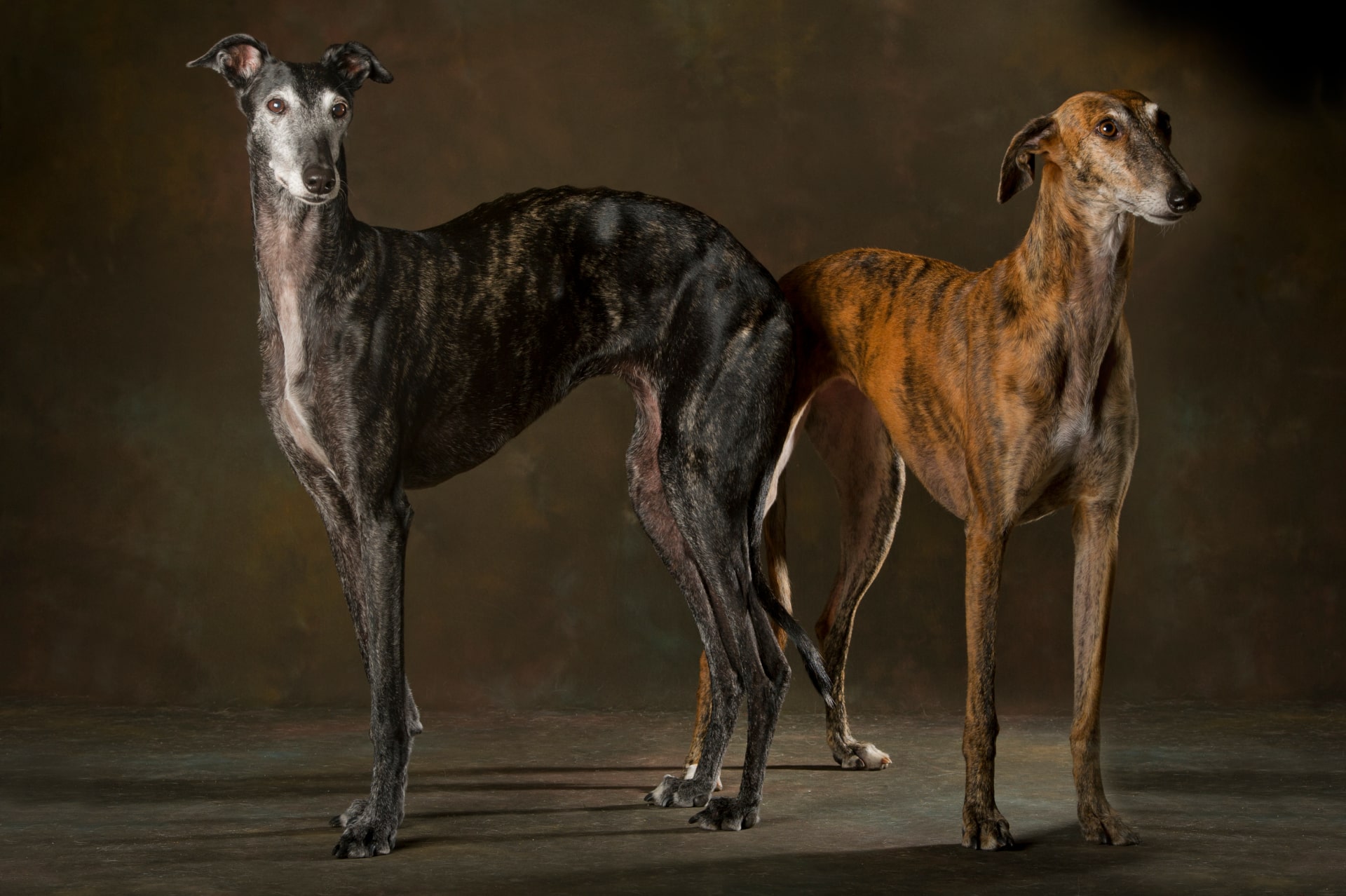Genetic test to determine the kbr allele (K-locus brindle)
Thanks to a new analysis method, it is now also possible to reliably determine the kbr allele at the K locus. The K locus plays an important role in the inheritance of coat color in many dog breeds, as variants at this gene locus determine whether the pigments are distributed uniformly or expressed separately in the individual hairs or on the dog’s body.
Get more information here
It has long been known that three different color strokes are controlled via the K locus. One allele was assigned to each of these early on. KB as a dominant allele, which causes an even distribution of the pigments in the pigmented areas, as a result of which these dogs are usually full or solid-colored. ky as a recessive allele, which – if it is homozygous – allows the pigment distribution determined by genetics at the A locus (e.g. sable or black&tan). And last but not least, the kbr allele, which can cause dark stripes on a light background due to a temporal pigment distribution (Stromung/brindle). The tan is only visible in those areas where a light color is otherwise present (e.g. in the light markings of a black&tan coloration or in sable/fawn-colored dogs). The kbr allele is recessive to KB, but dominant to ky. The intensity of the flow is very variable and can vary from a few isolated stripes to almost completely dark dogs. It is not yet possible to say how strong the expression of brindle can be through genetics.
With LABOKLIN, however, it is now possible to determine the kbr allele. The classic genetic test for the K locus, which has been available for many years, can only detect the KB and ky alleles, while the kbr allele can now be determined using an additional analysis method. The kbr allele, which is responsible for brindle, is a heterogeneous duplication of the KB and ky variants on one chromosome, which is why dogs carrying kbr always show the KB/ky genotype in the classic K locus test. The new analysis method allows the splitting of the genotypes KB/ky, KB/kbr, kbr/kbr and kbr/ky in addition to KB/KB and ky/ky. This can ultimately be relevant for dog breeds in which Stromung occurs, or for brindle-colored dogs, to see whether they carry the trait kbr homozygous. Depending on the breed or color of the dog, the simple K-locus test may still be sufficient, or a combination of the analysis methods may be necessary.





